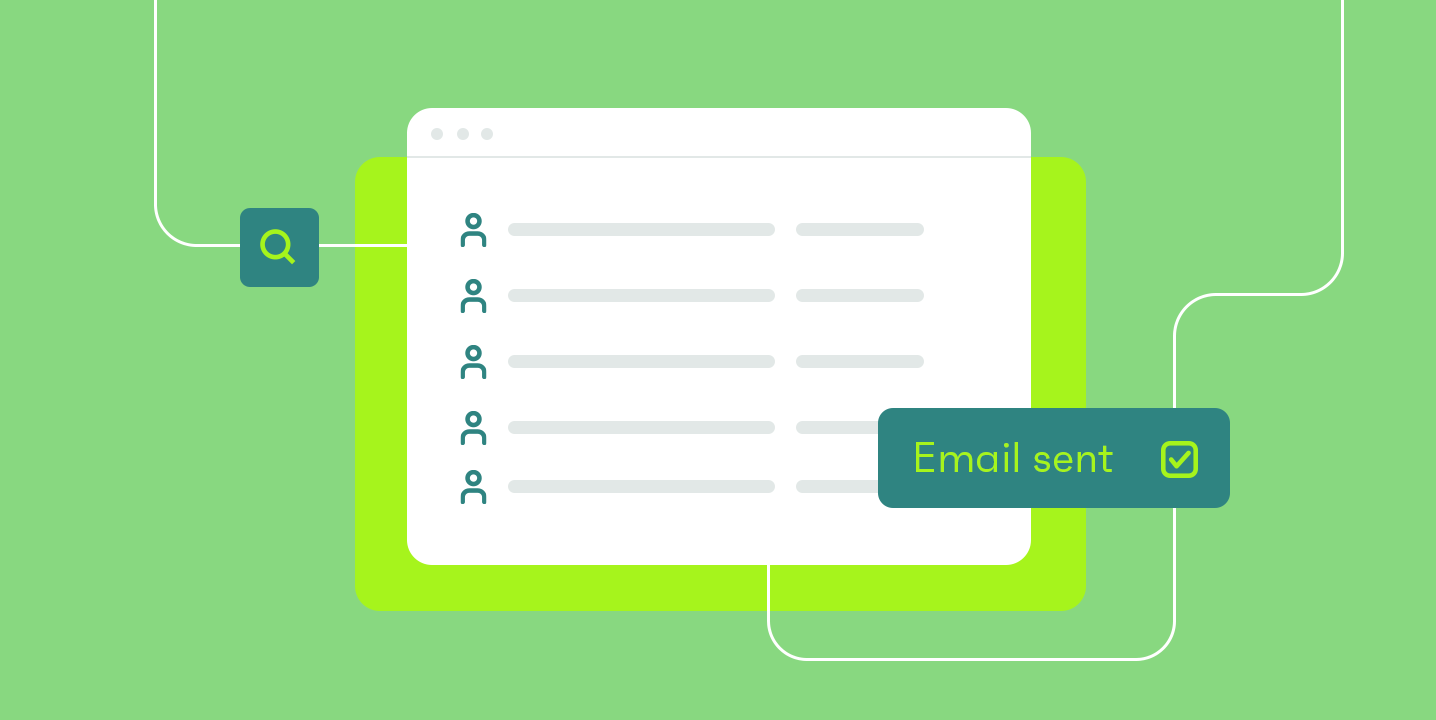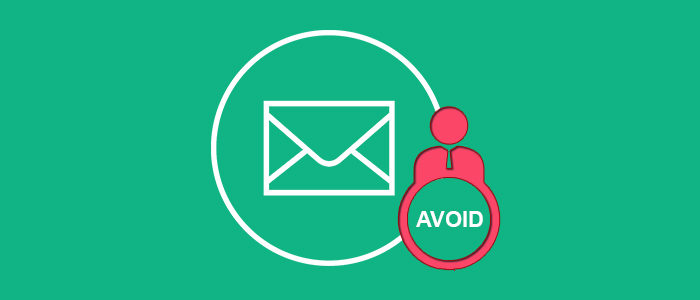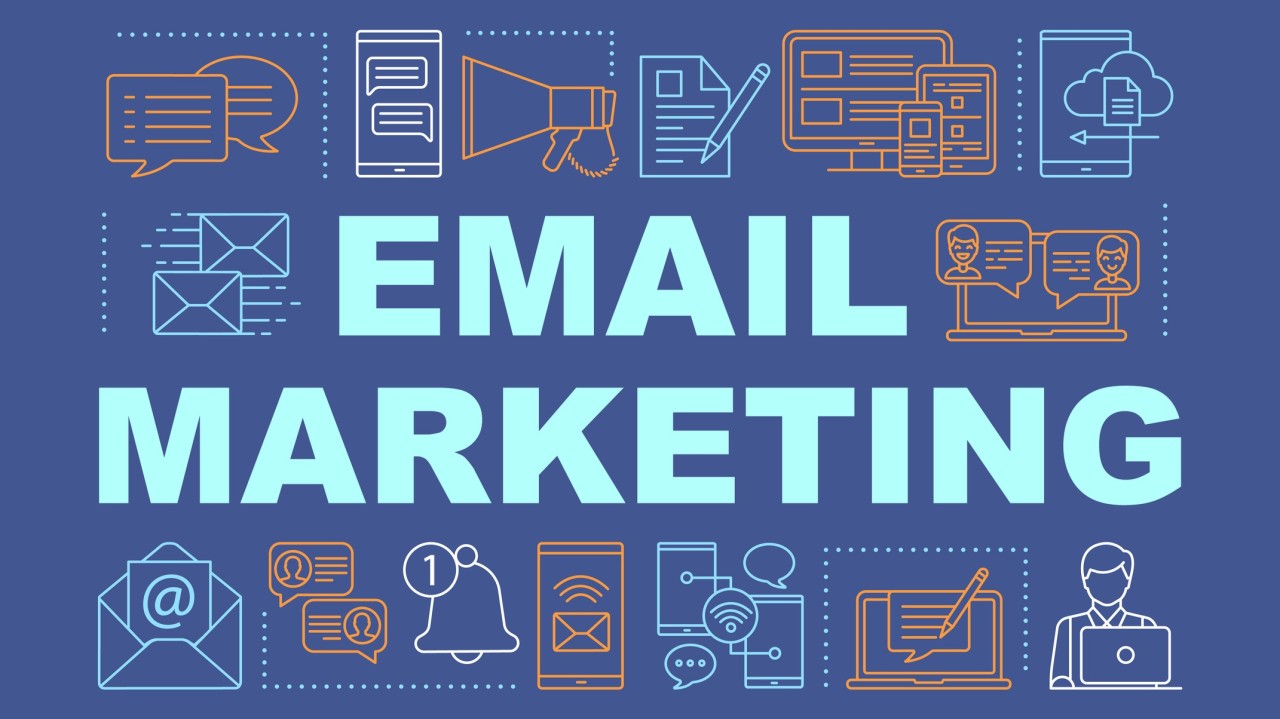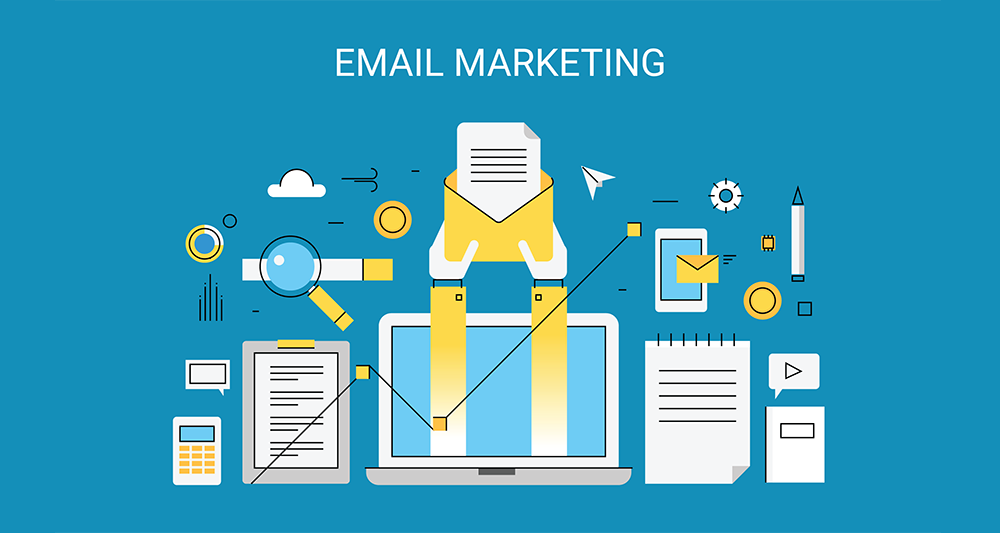Engaging your audience with new email marketing strategies can be exciting—but knowing where to start can feel overwhelming. While there are dozens of ways to create email content that aligns with your audience’s preferences, here are eight proven ideas to help you send emails your subscribers will actually look forward to.
This isn’t an exhaustive list, but it’s full of effective and inspiring approaches to help you build an email program that delivers value, sparks interest, and strengthens your brand-consumer relationship.
1. The Welcome Journey
Welcome emails tend to have the highest open and engagement rates in any series. These are the first touchpoints subscribers expect—right after signing up or making a first purchase. It’s your chance to make a strong first impression and set the tone for your future relationship.
Whether you’re introducing your brand or reinforcing it post-purchase, your welcome email should share what makes your offerings valuable and what subscribers can expect from future emails.
Ask yourself:
- Are your welcome emails personalized based on how subscribers joined your list?
- Do you send relevant product or content suggestions after a purchase?
- Is your series a good mix of brand info and promotional opportunities?
- Are you setting clear expectations for future communication?
2. Promotions & Offers
Promotional emails—whether seasonal sales, flash deals, or free shipping—are tried-and-true methods to drive conversions. When used strategically, they can build urgency and encourage immediate action.
But beware: today’s customers are savvy. Overly “salesy” or spammy promotions can backfire. Instead, use storytelling to position the customer as the hero who solves a problem by choosing your product or service. Focus on highlighting the offer clearly, then support it with helpful content like how-to guides or tips to provide added value.
3. Guides, Blogs & Other Content
If content marketing is part of your strategy, let your subscribers know. Sharing guides, articles, or educational videos can showcase your expertise and keep your audience engaged.
For example, fashion retailers might share monthly style guides, while publishers could send weekly editorials. Make it digestible: instead of asking readers to visit your full blog, deliver curated content snippets in the email with a bold call to action to learn more.
4. Loyalty & Rewards
Loyalty and rewards programs are key to building lasting relationships. Exclusive discounts, birthday perks, personalized offers, or free merchandise can make customers feel appreciated and increase repeat purchases.
Don’t just offer rewards after purchases—segment your list to identify top customers and thank them with something special. Automating these emails for events like anniversaries or birthdays makes the experience even more personal.
5. Newsletters & Announcements
A regular newsletter can be a powerful way to build trust and maintain a consistent touchpoint with your audience. Whether weekly or monthly, this content should offer real value—updates, invites to events, or behind-the-scenes stories.
More than just news, newsletters should bring your brand personality to life. If you can offer something interesting or inspiring every time, you’ll stay top-of-mind even between purchases.
6. Behavioral-Based Messaging
Behavioral-based emails are highly personalized and timely. By tracking what users do—like visiting a product page, clicking a link, or abandoning a cart—you can tailor emails to their specific interests and actions.
This kind of precision improves engagement and conversion rates. Customers are far more likely to respond to emails that feel like they were written just for them.
7. Testimonials & Reviews
Social proof is powerful. Sharing customer testimonials and reviews builds credibility and influences future buyers. Especially in a world where online reviews shape perceptions, showing real stories and positive experiences can boost trust in your brand.
These don’t have to be long or overly detailed—just authentic. A quick quote or star rating with a photo can go a long way.
8. Surveys & Net Promoter Feedback
Asking for feedback may feel vulnerable—but it’s a goldmine of insight. Surveys help you understand what’s working, what’s not, and what your customers really care about.
They also reveal who your customers are—helping you tailor your messaging more effectively. Use email to invite participation, and make sure your surveys are short, easy, and mobile-friendly.
Keep Your Email Content Fresh
A strong email strategy uses a healthy mix of these content types. Rotate between them to keep subscribers engaged, reduce fatigue, and prevent unsubscribes.
And remember: always track your results. Watch what your audience responds to, learn what drives clicks and opens, and double down on what works.




